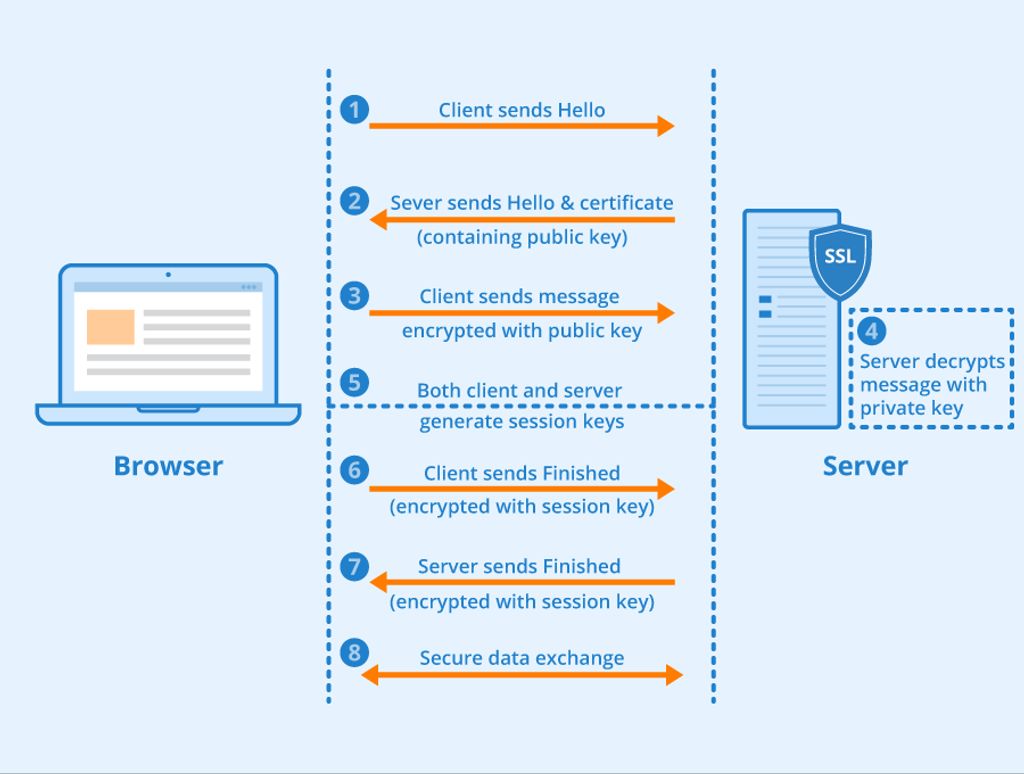
Secure email management is crucial for Gmail users to protect their sensitive information and maintain the privacy of their communications. Inadequate email security can expose users to various risks, such as unauthorized access, data breaches, and phishing attacks. By implementing best practices for secure email management, Gmail users can enhance the security of their accounts and safeguard their confidential information. This article explores the importance of secure email management, best practices to follow in Gmail, securing email attachments, managing email storage and archiving, and protecting the Gmail account from unauthorized access.
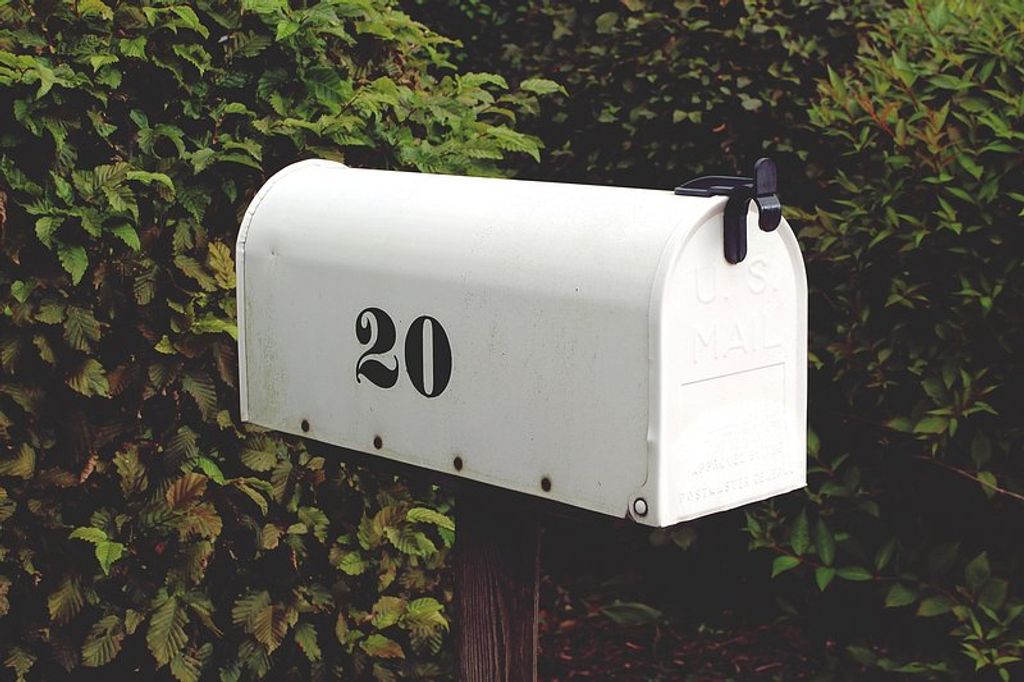
Secure email management is crucial for Gmail users to protect their sensitive information and maintain the privacy of their communications. With the increasing number of cyber threats and hacking attempts, it is essential to implement robust security measures to safeguard your Gmail account.
To ensure the security of your Gmail account, it is important to follow best practices and adopt secure email management techniques. By doing so, you can minimize the risks of unauthorized access, data breaches, and identity theft.
Here are some key reasons why secure email management is crucial for Gmail users:
In conclusion, secure email management is crucial for Gmail users to protect their sensitive information, maintain privacy, and prevent unauthorized access to their accounts. By following best practices and adopting secure email management techniques, users can enhance the security of their Gmail accounts and minimize the risks associated with inadequate email security.
Inadequate email security can have serious consequences for Gmail users. Without proper security measures in place, users are at risk of unauthorized access to their email accounts, which can lead to sensitive information being compromised. Additionally, inadequate email security can make users more vulnerable to phishing attacks, where attackers attempt to trick users into revealing personal information or login credentials. These risks highlight the importance of implementing secure email management practices to protect Gmail accounts.
Implementing secure email management practices in Gmail offers several benefits. By following these best practices, users can enhance the security of their email communications and protect sensitive information from unauthorized access. Some of the key benefits include:

When it comes to securing your Gmail account, one of the most important steps you can take is to use strong and unique passwords. A strong password is one that is difficult for others to guess, typically consisting of a combination of uppercase and lowercase letters, numbers, and special characters. A unique password means that you should not reuse the same password for multiple accounts, as this increases the risk of unauthorized access if one account is compromised.
To help you create and manage strong and unique passwords, consider the following tips:
Remember, using strong and unique passwords is the first line of defense in protecting your Gmail account from unauthorized access.
Enabling two-factor authentication adds an extra layer of security to your Gmail account. With two-factor authentication, you will be required to provide a second form of verification, such as a code sent to your mobile device, in addition to your password. This helps prevent unauthorized access to your account even if your password is compromised. To enable two-factor authentication in Gmail, follow these steps:
By enabling two-factor authentication, you can significantly enhance the security of your Gmail account and protect your sensitive information from unauthorized access.
Regularly updating your Gmail and security software is crucial for maintaining the security of your email account. By keeping your software up to date, you ensure that you have the latest security patches and bug fixes, which help protect against known vulnerabilities.
Updating your Gmail and security software is a simple process that can be done in just a few steps:
Tip: Set a reminder to check for updates at least once a month to ensure you stay up to date with the latest security patches.
By regularly updating your Gmail and security software, you can significantly reduce the risk of security breaches and keep your email account secure.
Phishing attacks are a common method used by cybercriminals to trick users into revealing sensitive information such as passwords, credit card numbers, or personal data. These attacks often involve sending deceptive emails that appear to be from a trusted source, such as a bank or a popular online service. Users should always be vigilant and take necessary precautions to avoid falling victim to phishing attacks. Here are some important steps to follow:
Encrypting sensitive email communications is a crucial step in ensuring the security and privacy of your messages. By encrypting your emails, you can prevent unauthorized access and protect the confidentiality of your sensitive information. There are several methods you can use to encrypt your email communications:
End-to-End Encryption: This method ensures that only the intended recipient can decrypt and read the email. It encrypts the message on the sender's device and decrypts it on the recipient's device, making it highly secure.
PGP Encryption: Pretty Good Privacy (PGP) encryption is a widely used method for securing email communications. It uses a combination of public and private keys to encrypt and decrypt messages.
S/MIME Encryption: Secure/Multipurpose Internet Mail Extensions (S/MIME) encryption is another popular method for encrypting email communications. It uses digital certificates to verify the authenticity of the sender and encrypt the message.
When accessing your Gmail account, it is important to be cautious about using public Wi-Fi networks. Public Wi-Fi networks are often unsecured, making it easier for hackers to intercept your data and gain unauthorized access to your account. To ensure the security of your Gmail account, it is recommended to avoid using public Wi-Fi networks for accessing your email.
Tips for Secure Gmail Access:
Remember, protecting your Gmail account from unauthorized access is essential to safeguard your personal and sensitive information.
Implementing email filtering and spam protection is crucial for maintaining a secure Gmail account. By effectively filtering out spam and malicious emails, users can significantly reduce the risk of falling victim to phishing attacks or malware.
One effective way to implement email filtering is by creating custom filters based on specific criteria. For example, users can create filters to automatically move emails from unknown senders to the spam folder or to flag emails with suspicious attachments. This helps to ensure that only legitimate and safe emails make it to the inbox.
In addition to filtering, it is important to regularly update the spam protection settings in Gmail. This includes enabling the built-in spam filter and adjusting its sensitivity level to suit individual preferences. By keeping the spam protection settings up to date, users can stay one step ahead of evolving spam and phishing techniques.
Remember, email filtering and spam protection are essential components of a comprehensive email security strategy. By implementing these practices, Gmail users can minimize the risk of falling victim to email-based threats and keep their accounts secure.
Educating users about email security best practices is crucial in ensuring the overall security of their Gmail accounts. By providing users with the necessary knowledge and guidance, they can better understand the potential risks and take appropriate measures to protect their sensitive information. Here are some key points to include in an email security education program:
By educating users about these best practices, organizations can significantly reduce the likelihood of email-related security breaches and protect their valuable data.
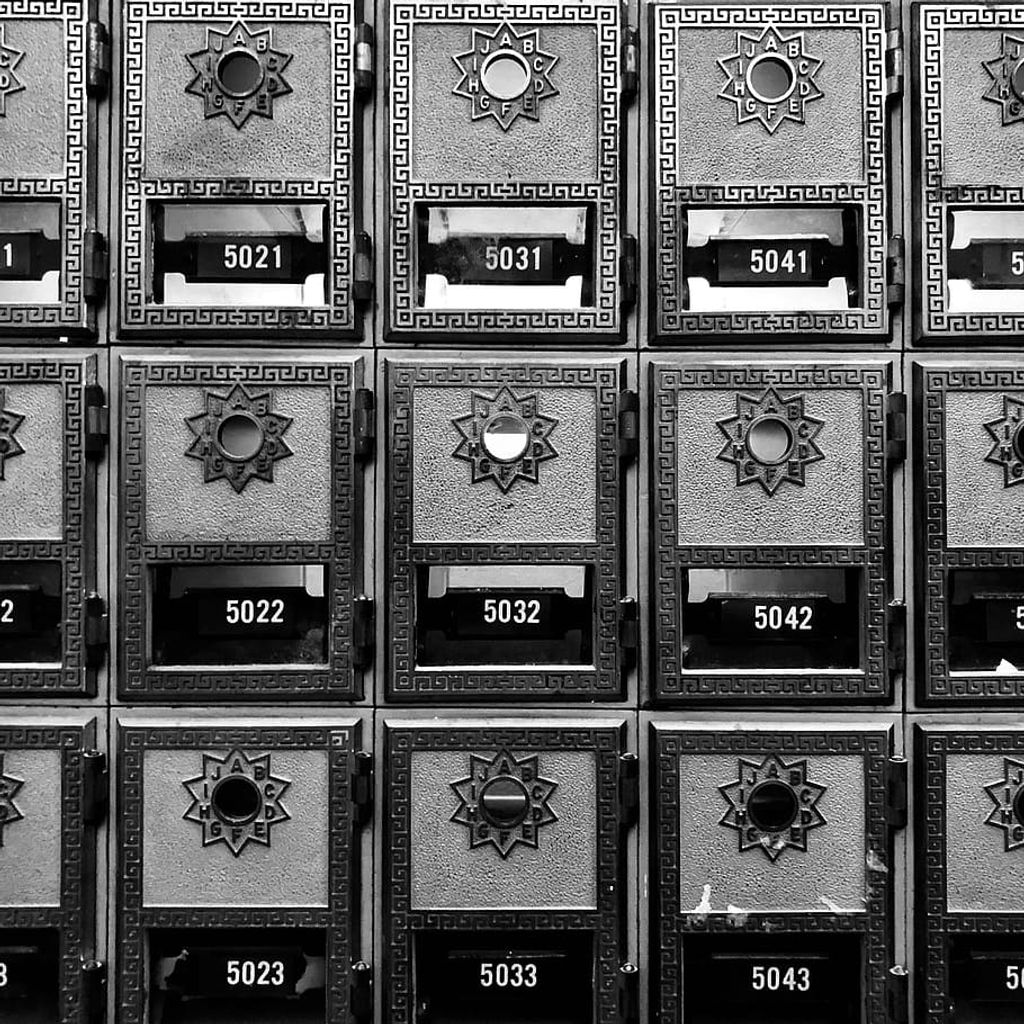
Scanning email attachments for malware is a crucial step in ensuring the security of your Gmail account. By scanning attachments before opening or downloading them, you can detect and prevent potential threats from infecting your device. Malware refers to malicious software that can harm your computer, steal sensitive information, or disrupt your online activities.
To scan attachments for malware, you can use antivirus software or online scanning services. These tools analyze the attachments for known malware signatures and behavior patterns. If any suspicious activity is detected, the software will alert you and recommend appropriate actions.
It is important to keep your antivirus software up to date to ensure it can effectively detect and protect against the latest threats. Regularly scan your email attachments to minimize the risk of malware infections and safeguard your Gmail account and personal data.
When sending sensitive attachments through Gmail, it is important to take additional measures to protect the information. One effective way to enhance the security of these attachments is by using password protection. By setting a password for the attachment, only individuals who have the password will be able to access the file.
To implement password protection for sensitive attachments in Gmail, follow these steps:
By using password protection, you can add an extra layer of security to your sensitive attachments, ensuring that only authorized individuals can access the information.
When sending sensitive attachments through Gmail, it is important to take additional steps to ensure their security. One way to enhance the security of attachments is by encrypting them. Encrypting attachments adds an extra layer of protection by encoding the content in a way that can only be accessed by authorized recipients.
To encrypt attachments in Gmail, you can use various encryption tools or services. Here are some options to consider:
Secure File Transfer Protocol (SFTP): SFTP is a secure method for transferring files over the internet. It encrypts the attachments during the transfer process, ensuring that they cannot be intercepted or accessed by unauthorized individuals.
Password-protected ZIP files: Another option is to compress the attachments into a ZIP file and protect it with a strong password. This way, only recipients who have the password can extract and access the files.
Encrypted cloud storage: You can also upload the attachments to an encrypted cloud storage service, such as Google Drive or Dropbox. These services provide secure storage and allow you to share the files with specific individuals while maintaining their confidentiality.
By encrypting attachments, you can significantly reduce the risk of unauthorized access to sensitive information.
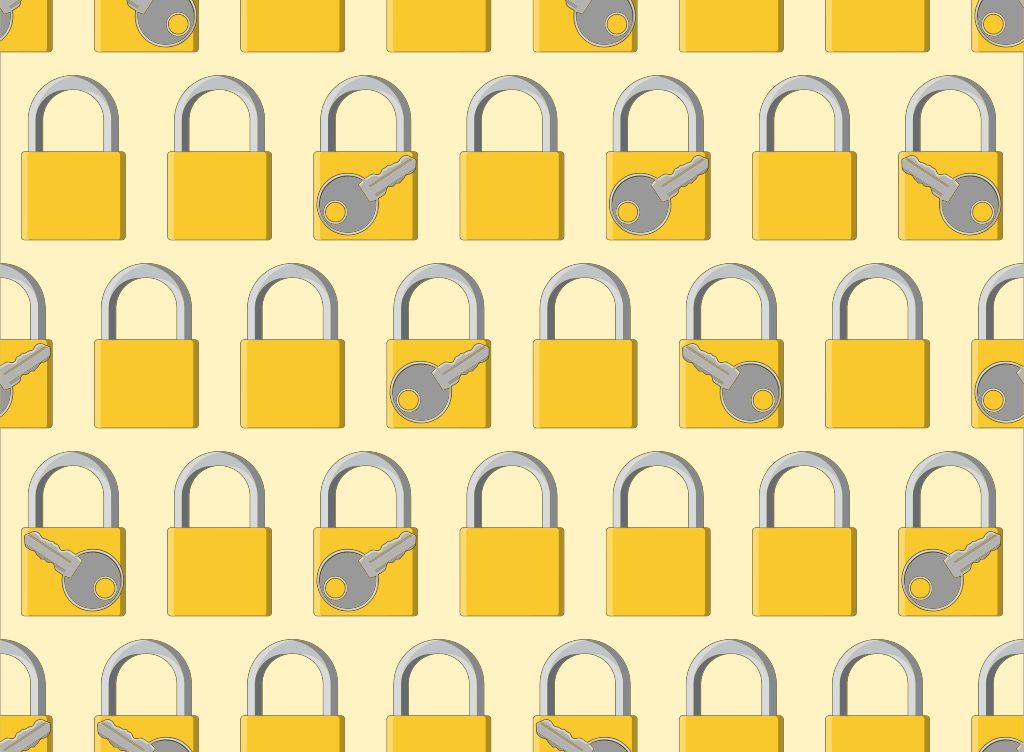
Regularly cleaning and organizing your email inbox is essential for maintaining a clutter-free and efficient email management system. Here are some best practices to follow:
Delete Unnecessary Emails: Remove any emails that are no longer needed or relevant. This will help free up storage space and make it easier to find important emails.
Create Folders and Labels: Use folders and labels to categorize and organize your emails. This allows you to quickly locate specific emails and keep your inbox organized.
Set up Filters: Utilize filters to automatically sort incoming emails into specific folders based on criteria such as sender, subject, or keywords. This can help streamline your inbox and prioritize important emails.
Tip: Regularly review and update your filters to ensure they are still relevant and effective.
Archive Important Emails: Instead of deleting important emails, consider archiving them. Archiving allows you to store emails for future reference without cluttering your inbox.
Use Search and Sort Functions: Take advantage of the search and sort functions in Gmail to quickly find specific emails or sort them based on criteria such as date, sender, or subject.
By following these practices, you can maintain a well-organized and efficient email inbox in Gmail.
Archiving important emails is a crucial practice for Gmail users. It allows you to store and organize important communications for future reference. By archiving emails, you can keep your inbox clutter-free while still having easy access to important information when needed. Here are some best practices for archiving emails in Gmail:
Setting email retention policies is crucial for managing email storage and ensuring compliance with legal and regulatory requirements. Email retention policies define how long emails should be retained and when they should be deleted. These policies help organizations maintain a manageable email storage system and reduce the risk of data breaches or unauthorized access to sensitive information. By setting clear retention policies, organizations can effectively organize and archive important emails for future reference while ensuring that unnecessary emails are regularly deleted.
When it comes to sending large attachments through email, it can be challenging due to file size limitations. However, Gmail provides a solution by allowing users to use cloud storage services to upload and share large files. By using cloud storage, you can easily attach files of any size to your emails without worrying about exceeding the attachment limit. This not only ensures that your emails are delivered successfully but also saves storage space in your Gmail account.
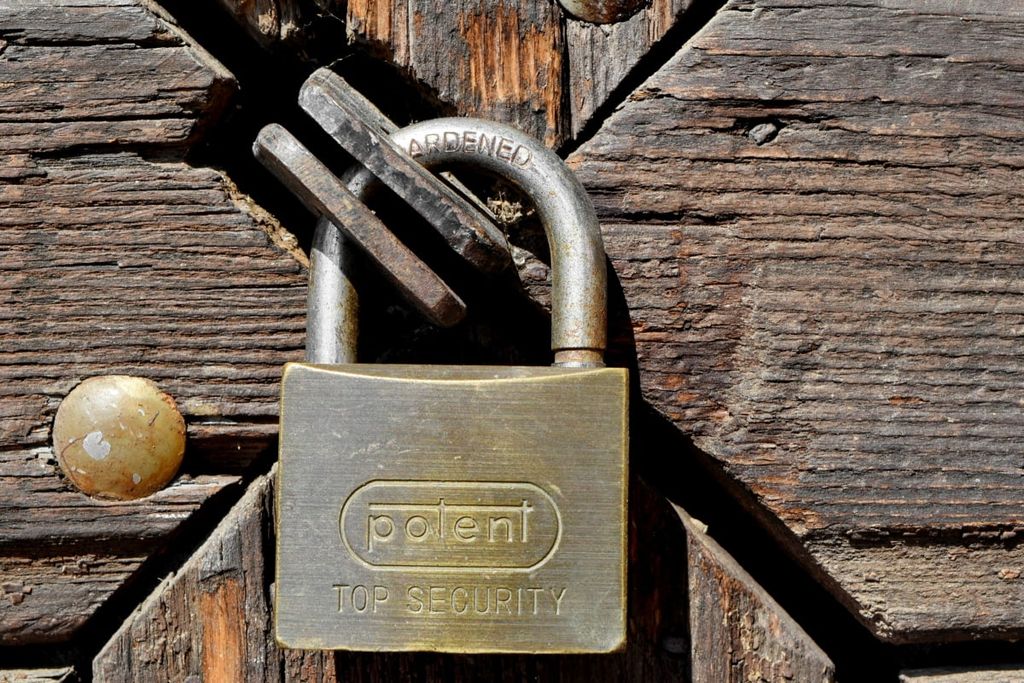
Monitoring the activity and login history of your Gmail account is crucial for ensuring its security. By regularly checking the activity log, you can identify any unauthorized access attempts or suspicious activities. This allows you to take immediate action to protect your account. Additionally, monitoring the login history helps you keep track of the devices and locations from which your account has been accessed. If you notice any unfamiliar devices or locations, it may indicate a security breach and you should change your password immediately.
Enabling account recovery options is an essential step in securing your Gmail account. By setting up account recovery options, you can regain access to your account in case you forget your password or if your account is compromised. To enable account recovery options, follow these steps:
By enabling account recovery options, you can ensure that you have a backup plan in place to regain access to your Gmail account.
When setting up security questions and answers for your Gmail account, it is important to choose questions that are unique and not easily guessable. Avoid using questions with answers that can be found on your social media profiles or through a quick internet search. Additionally, make sure to follow these best practices:
By following these guidelines, you can enhance the security of your Gmail account and reduce the risk of unauthorized access.
When it comes to email security, one of the most important practices is to avoid clicking on suspicious links or downloading attachments from unknown sources. Cybercriminals often use phishing emails to trick users into clicking on malicious links or downloading infected attachments. These links and attachments can contain malware that can compromise the security of your Gmail account and your device.
To protect yourself from these threats, follow these best practices:
Tip: Remember, it's better to be cautious and avoid clicking on suspicious links or downloading unknown attachments than to risk compromising your email security.
In conclusion, implementing secure email management practices is crucial for protecting sensitive information and maintaining the privacy of Gmail users. By following the best practices outlined in this article, such as enabling two-factor authentication, regularly updating passwords, and being cautious of phishing attempts, users can significantly enhance the security of their Gmail accounts. It is important to stay vigilant and stay informed about the latest security threats and updates to ensure a safe and secure email experience.
You can improve the security of your Gmail account by using strong and unique passwords, enabling two-factor authentication, regularly updating Gmail and security software, being cautious of phishing attacks, encrypting sensitive email communications, avoiding public Wi-Fi for Gmail access, implementing email filtering and spam protection, and educating yourself about email security best practices.
Two-factor authentication is an additional layer of security that requires users to provide two forms of identification to access their Gmail account. This typically involves entering a password and a unique verification code sent to a trusted device. By enabling two-factor authentication, even if someone obtains your password, they would still need physical access to your trusted device to access your account.
To protect your Gmail account from phishing attacks, you should be cautious of suspicious emails asking for personal information, avoid clicking on suspicious links or downloading attachments from unknown sources, enable two-factor authentication, and regularly update your Gmail and security software to ensure you have the latest protection against phishing attempts.
If you suspect your Gmail account has been compromised, you should immediately change your password, enable two-factor authentication, review your account settings for any unauthorized changes, check your account activity and login history for any suspicious activity, and report the incident to Gmail support for further assistance.
Accessing Gmail using public Wi-Fi networks can be risky as these networks are often unsecured, making it easier for hackers to intercept your data. It is recommended to avoid accessing your Gmail account on public Wi-Fi networks or use a virtual private network (VPN) for added security.
Gmail offers a feature called Confidential Mode that allows you to send emails with added security measures. This feature enables you to set an expiration date for the email, require a passcode to open it, and prevent recipients from forwarding, copying, or printing the email. Additionally, you can use third-party email encryption services to encrypt the content of your emails.